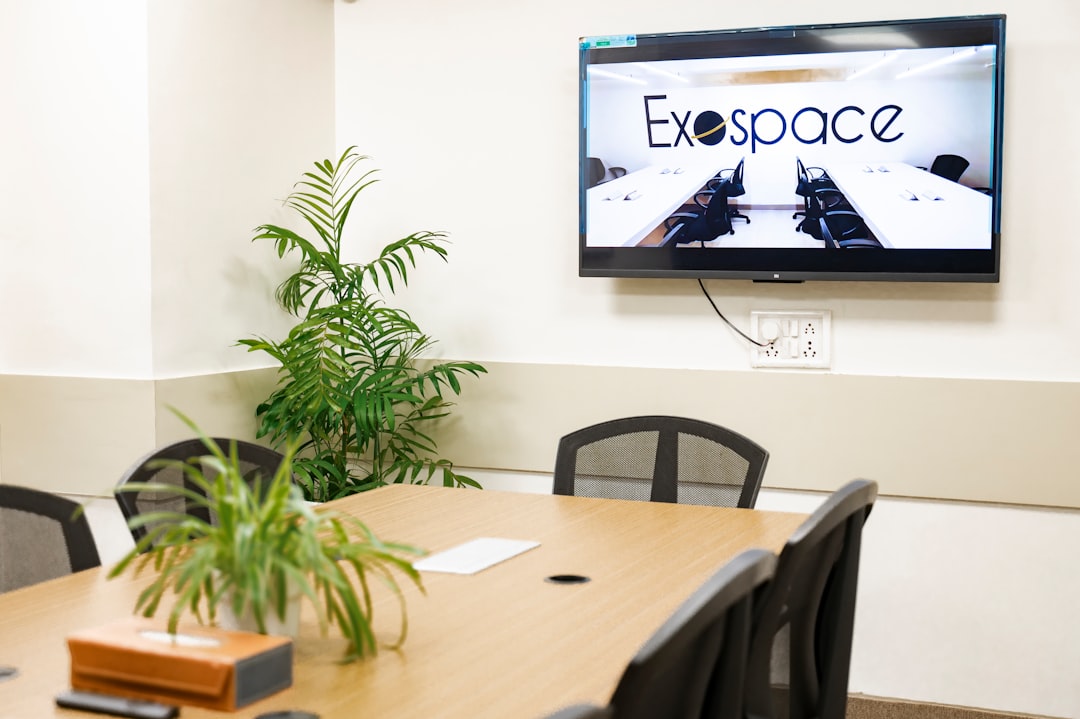Starting a new job can feel like landing on a new planet. New faces, new tools, new rules — it’s a lot. That’s why redesigning onboarding isn’t just a nice-to-have. It’s essential. And with a service design approach, it can become a game-changer for both new hires and the company.
What Is Service Design?
Let’s keep this simple. Service design is all about creating better experiences. It looks at things from the user’s point of view. In our case, the new hire is the user. Service design asks:
- What do they feel?
- What do they need?
- What makes their life easier?
Then it maps out the journey and finds ways to make that journey smoother.
Why Traditional Onboarding Falls Short
Most onboarding feels like drinking from a firehose. Too much, too fast. It’s often:
- Overloaded with info new hires don’t need on day one.
- Unorganized — scattered schedules, unclear goals.
- Impersonal — one-size-fits-all content.
That’s where service design can flip the script.
Start with Empathy
Good onboarding starts with stepping into the shoes of the new hire. Ask questions. Collect stories. What made past hires feel lost? What helped them settle in faster?

Create personas — fictional profiles based on real employees. These help us dream up journeys that meet different needs. For example, an introvert might need more solo learning time. A remote worker might need extra social check-ins. Customize accordingly!
Map the Journey
Next up: a journey map. Think of it as a treasure map for onboarding. Plot every step, from “offer accepted” to “fully ramped-up employee.” Include the emotions they might feel at each stage. Excited? Confused? Supported?
Now look for pinch points. That scary “first team meeting”? The confusing time-tracking tool? Find the hurdles and smooth them out. Tiny changes can make big impacts.
Create Touchpoints That Matter
The little moments stick. Use service design to turn basic steps into meaningful touchpoints:
- Preboarding emails with friendly intros and day-one tips.
- Welcome kits with useful tools and fun company swag.
- Buddy systems that help new hires feel less alone.
Each one should build connection, confidence, and clarity.

Design for Everyone
Onboarding isn’t just for new hires. It affects managers, teammates, and even IT. Service design zooms out and makes sure everyone involved has what they need. Here’s how you can make it inclusive:
- Give managers toolkits to guide new hires through the first 90 days.
- Create feedback loops for continuous improvement.
- Design for all roles — interns, remote workers, execs, contractors, and more.
Make It Fun (Seriously)
No one learns well when they’re bored or stressed. Use gamification. Add storytelling. Include interactive checklists and videos. Turn orientation from a chore to an adventure. Imagine unlocking “achievements” for finishing week one or meeting your team lead.
Measure and Adapt
Last but not least: don’t “set it and forget it.” Ask for feedback at every turn. Use quick surveys. Run onboarding retros. Then iterate. Your onboarding should evolve as your company grows.
Ready to Redesign?
When you approach onboarding as a service, everything changes. It becomes a thoughtful, welcoming, and empowering experience. And when new hires feel supported, guess what? They stay longer. They perform better. And they become your biggest fans.
So start with empathy. Map the journey. Design for delight. And welcome new hires like the VIPs they are.
Happy onboarding!
yehiweb
Related posts
New Articles
How to Change a Windows Password via Command Line With Net User
Ever wanted to feel like a tech wizard? Today, we’ll show you how to change a Windows password directly from…


